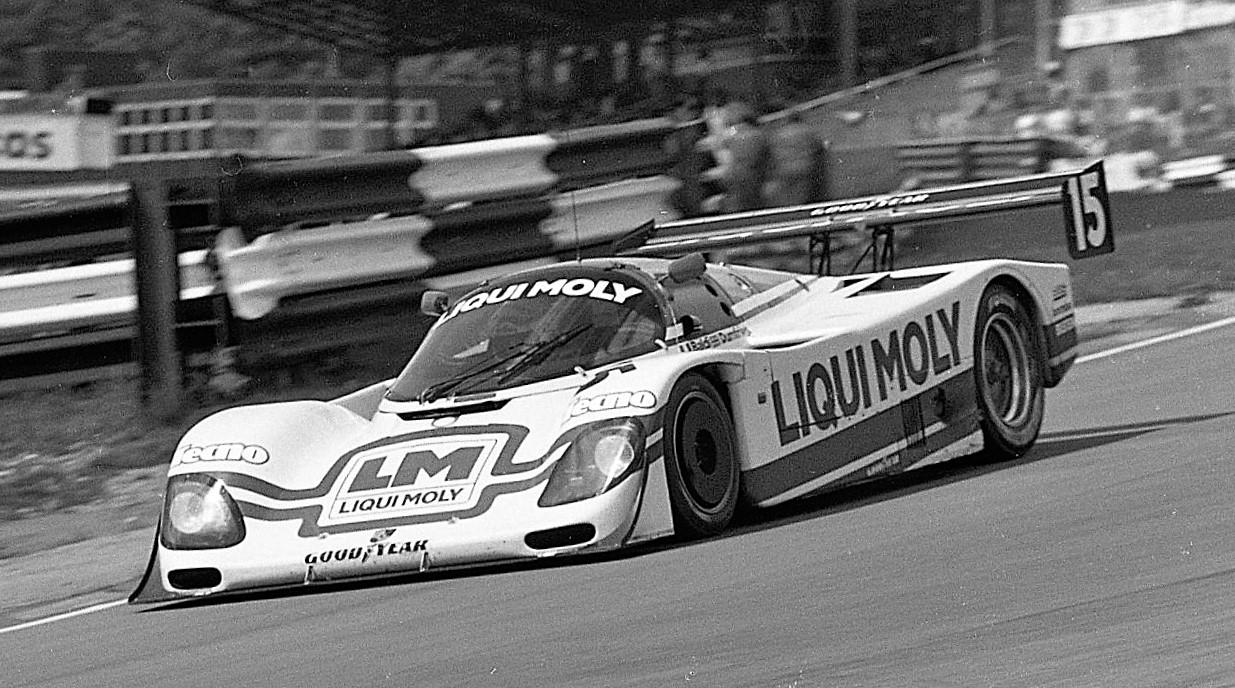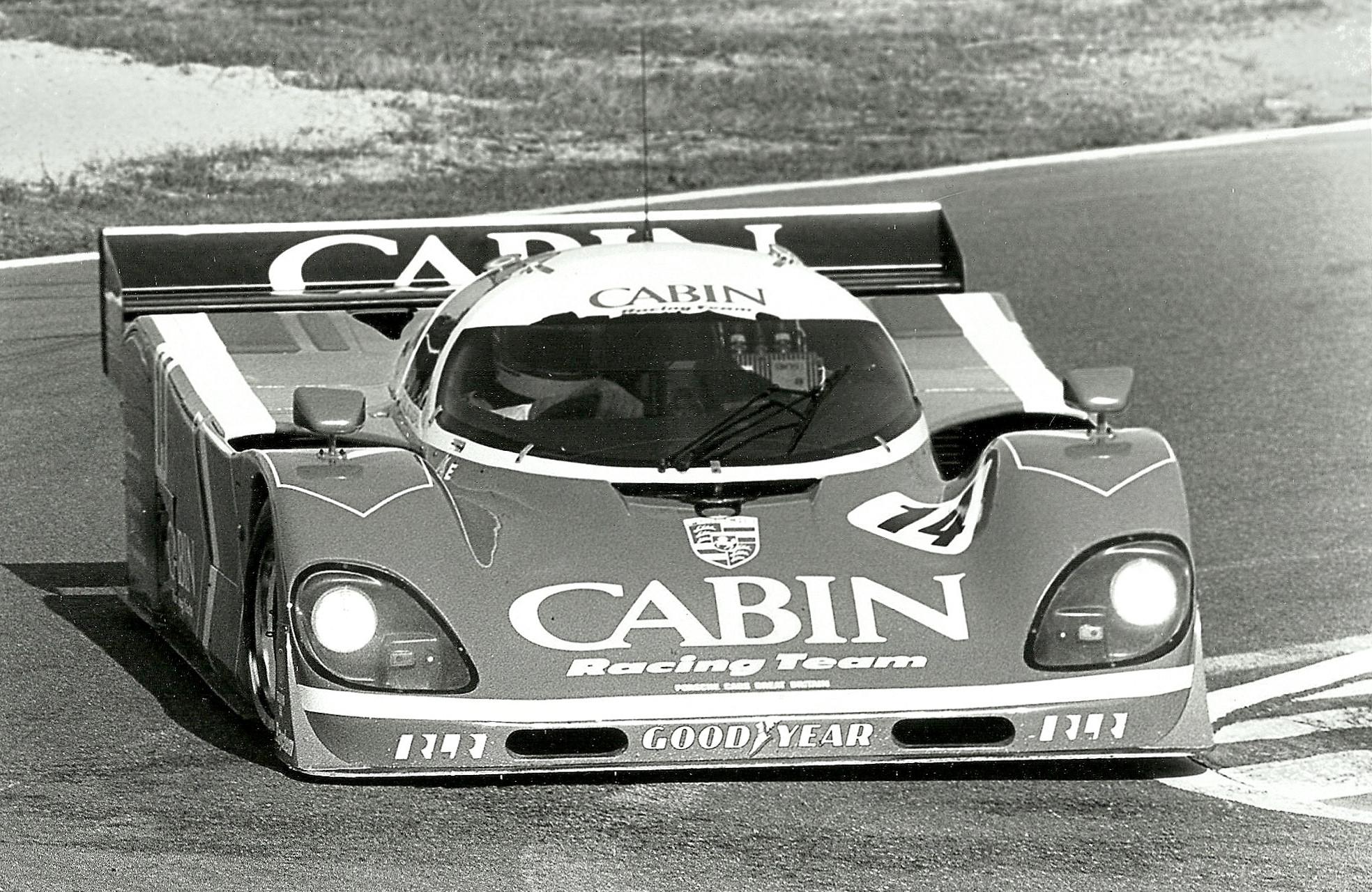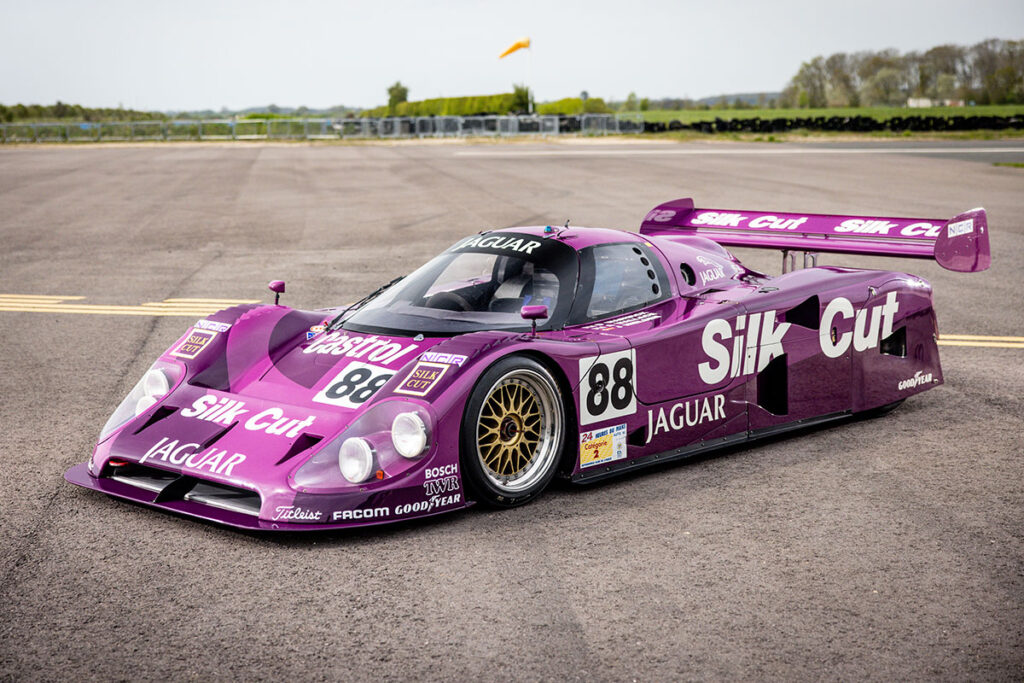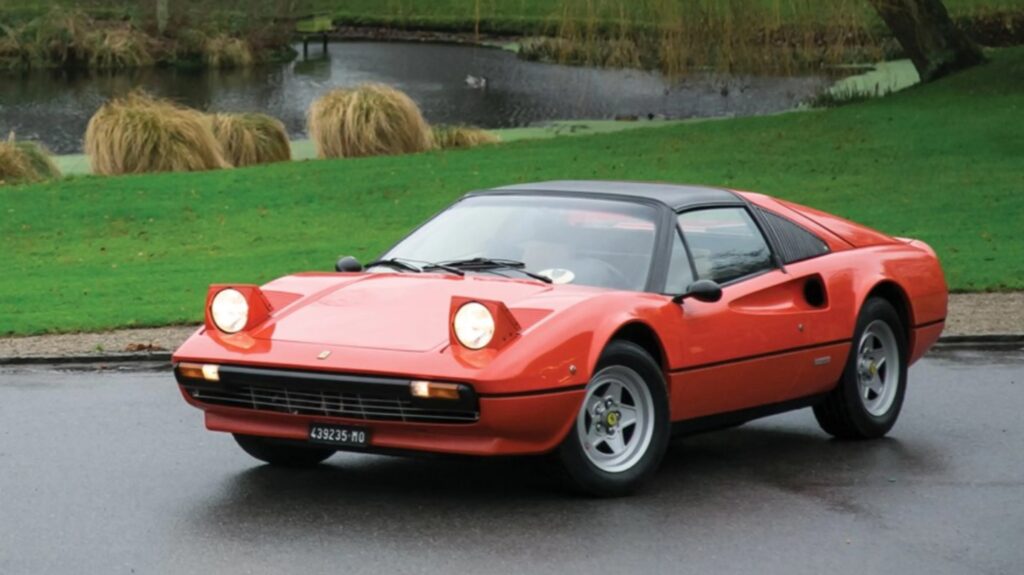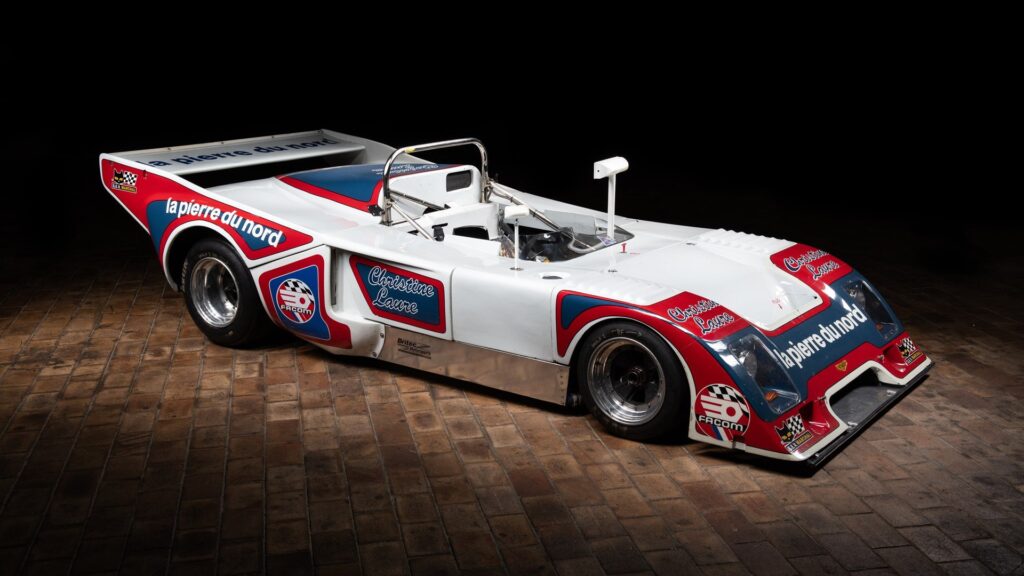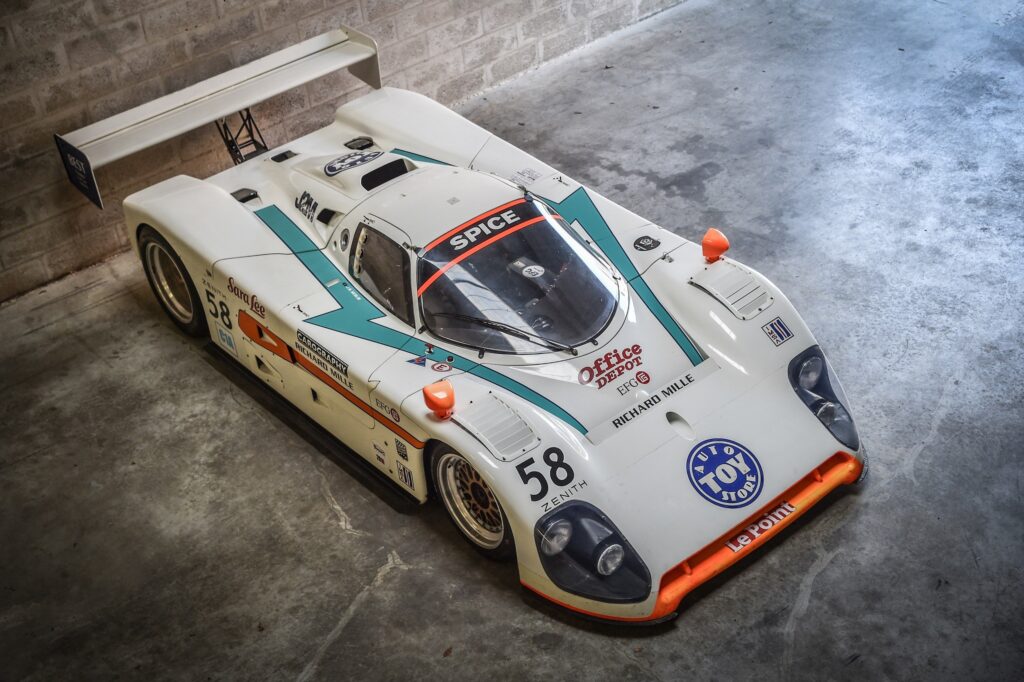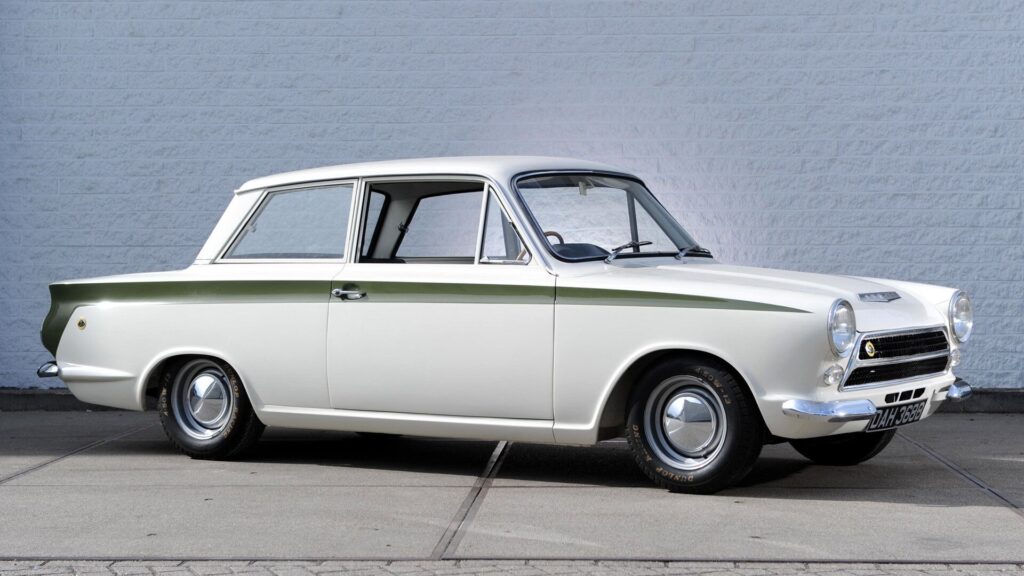1987 Porsche 962C GTi
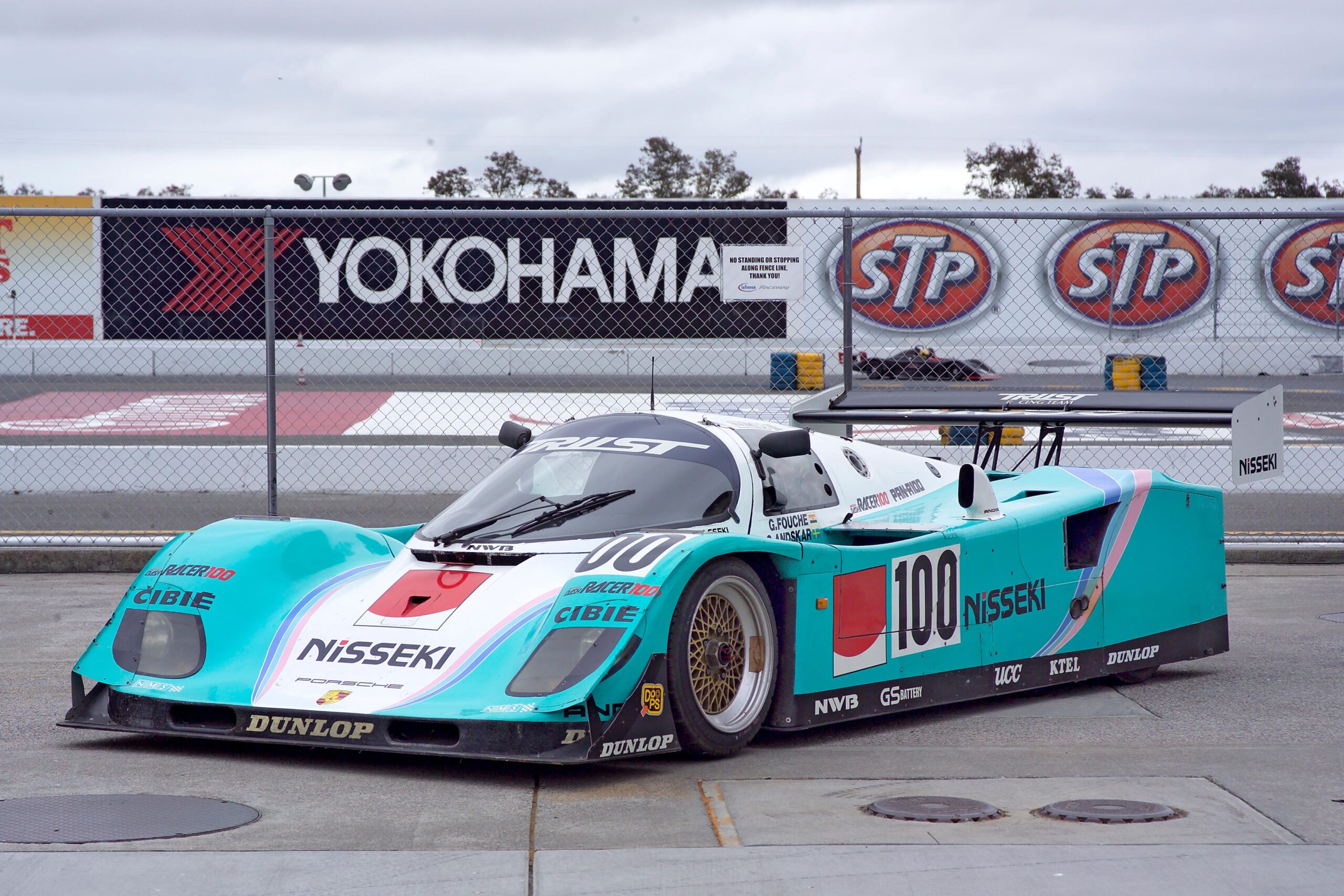
1987 Porsche 962C GTi
Brand
Porsche
Year
1987
Country
Germany
Generation
Porsche 962

1987 Porsche 962C GTi
Brand
Porsche
Year
1987
Country
Germany
Generation
Porsche 962
About this car
Discover the history
The 1987 Porsche 962C GTi, an evolution of the highly successful Porsche 962 line, introduced refinements and technical innovations that made it one of the most advanced and competitive prototypes in Group C racing. Developed in collaboration with Richard Lloyd Racing, the 962C GTi featured a modified chassis that used lightweight honeycomb aluminum in place of the standard sheet aluminum. This innovation enhanced structural rigidity while reducing weight, allowing the 962C GTi to handle higher levels of downforce and aerodynamic loads more effectively than its predecessors. Its aerodynamic design also integrated smoother bodywork with enhanced Venturi tunnels, which improved airflow and stability at high speeds, crucial for long straights such as those at Le Mans.
Under the hood, the 962C GTi was powered by a 3.0-liter twin-turbocharged flat-six engine, which was carefully fine-tuned for maximum output while maintaining reliability in endurance racing. The engine, mated to a five-speed gearbox, delivered potent acceleration and top speeds that consistently rivaled other competitors in Group C. Furthermore, the 962C GTi’s spool differential contributed to its stability on straights but required skilled handling in tighter turns due to a tendency toward understeer. For suspension, it featured dual unequal-length wishbones at the front and a unique rear suspension layout that kept critical components out of the aerodynamic underbody tunnels. The car’s braking system relied on robust steel disc brakes, ensuring reliability through lengthy, demanding races.

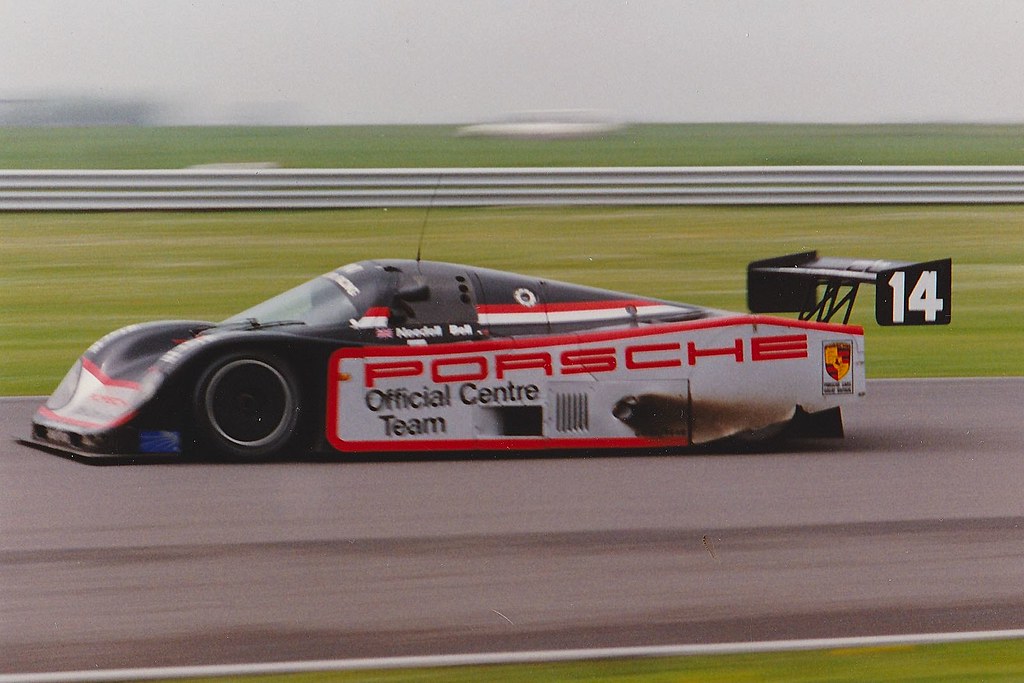
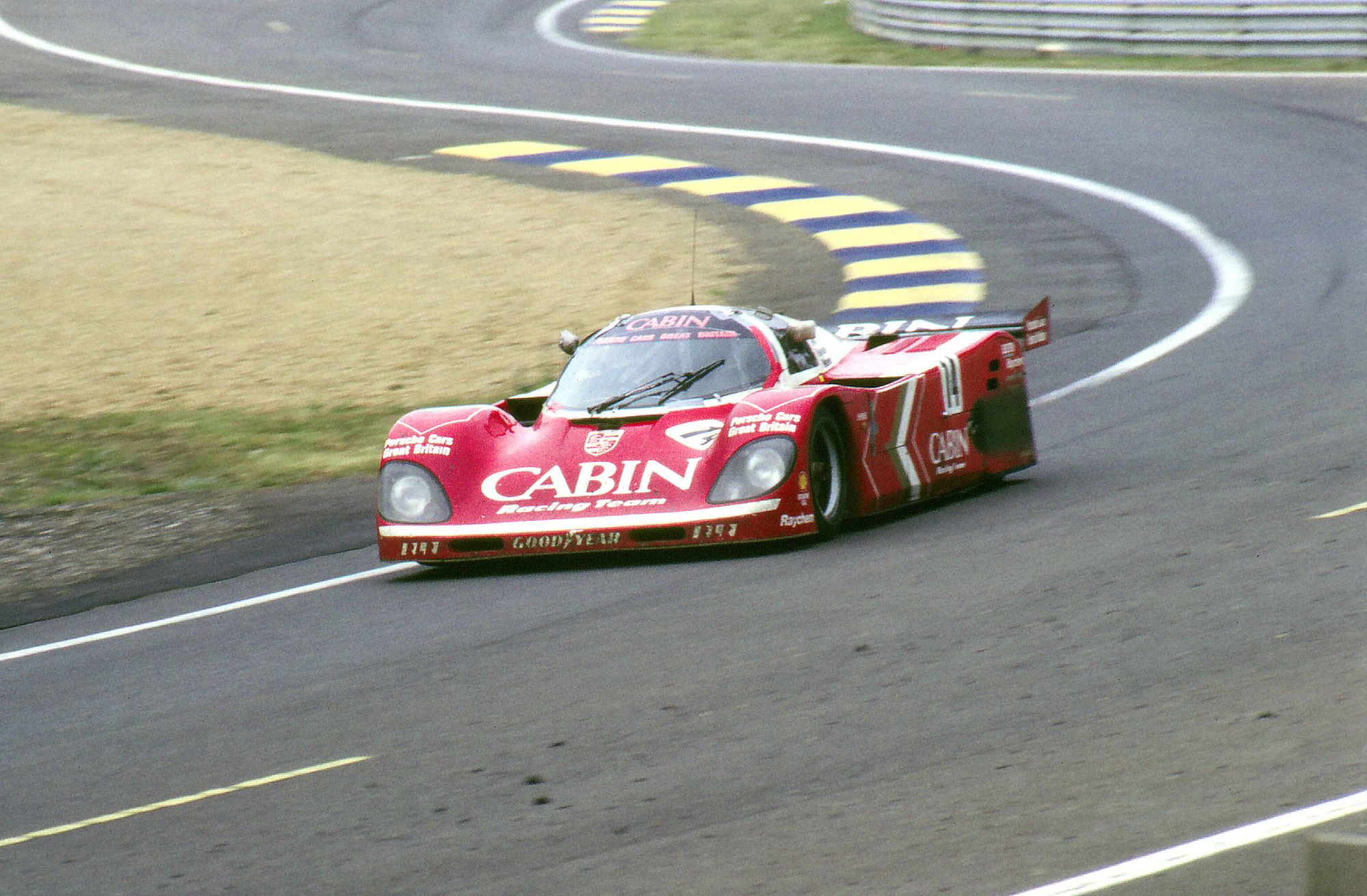

The 962C GTi first showcased its potential at prestigious events like the 24 Hours of Le Mans and the World Sportscar Championship, and its debut saw respectable performances that continued Porsche’s strong legacy in endurance racing. While the 962’s original design faced stiff competition from newer prototypes in the late 1980s, the GTi’s advanced modifications allowed it to stay relevant in a rapidly evolving field. In the later years of Group C, the 962C GTi and its various privateer-driven adaptations remained competitive and even led to notable wins in the IMSA series, where it excelled on American circuits with faster, more flowing layouts.
The model’s versatility also made it popular with privateer teams, many of whom further modified the GTi to suit their specific needs. Customizations like those by Kremer Racing and Joest Racing included different bodywork and engine setups, often increasing displacement or reworking the aerodynamics to keep pace with rivals. Additionally, the success of the 962C GTi spurred several efforts to create street-legal versions, further cementing its legacy not just as a track icon but as an automotive marvel that appealed to collectors and enthusiasts alike.

